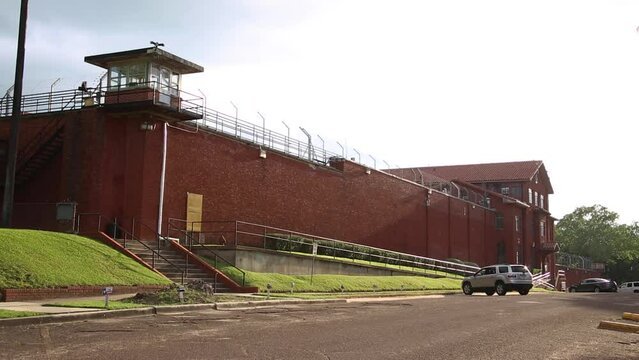Leadership Lessons from a Prison Cell Part III: You Can Only Transform What You Truly Own
Millions of red bricks envelope the oldest prison in Texas. The unit confines 1700 men - a fraction of the total prison population in the state. They call it, “The Walls”, because the bricks are stacked 30 feet high and surround the entire complex. The unit encompasses 55 acres of antiquated cell blocks and an entire industrial complex where men labor for free in textile, vehicle repair, machine shop, or welding jobs. A full quarter of the unit’s buildings are offline, so old they incarcerate only pigeons and ghosts.
But the sunlight still broke into the main courtyard where I took long walks and reckoned with my own history. On these long walks within these walls, I came to see each brick as representing the ways in which the men had damaged people and communities. The bricks I added to these walls left my daughter without her dad for nearly six years. The walls contained the pain of generations.
But I also saw the bricks as representing the ways in which incarcerated people had been traumatized, abandoned, and failed. Most of the men had experienced some form of trauma. Indeed, the criminal actions that landed these men bars can be traced back to the heartbreakingly wise ways their younger selves learned to cope with trauma when no one else in their world helped them do that.
This is the complex problem of mass incarceration: the people paying the price are not the only ones with some responsibility. We all own the bricks inside and outside the walls.
If I were to find my way to the other side of the wall, I had to face that part of me that created a prison for myself. For me it was the realization that I had been building prisons for most of my life. I had, like most people in prison, experienced abuse and abandonment. I blamed myself for these experiences, and felt a profound sense of shame.
Shame is the raw material in prison construction. It causes people to question their own worth. Prisons confront people inside the walls with their shame and people outside the walls with their judgment. Punishment is the outgrowth of shame. I had been punishing myself since I was 12 years old. Some people punish others. It’s all the same. Rather than confront our own responsibility, we build more prisons.
And so I made a decision to change my own story from shame to accountability. I was responsible for the impact of my actions, which is entirely different from blame. From shame to accountability, I now had some agency. I could see more clearly how I contributed to prison construction, which immediately unveiled the actions I could take to tear down the walls. I could find freedom from the inside out.
Years after I was released from prison, I led campaigns to end mass incarceration in Texas. Every conversation was founded on the firm bedrock of accountability. I had participated in building prisons, and I did not blame those who upheld the system. Instead, I saw them as co-owners, potential partners in building a world dedicated to keeping people out of prison. It worked. The prison population fell. People once dedicated to a system of punishment proudly stood for reform.
People can only transform what they truly own. This is one of the most powerful and challenging of all the leadership principles. When people see, without shame or judgment, their own contribution to the very conditions they want to change, the new pathway is immediately unveiled.


